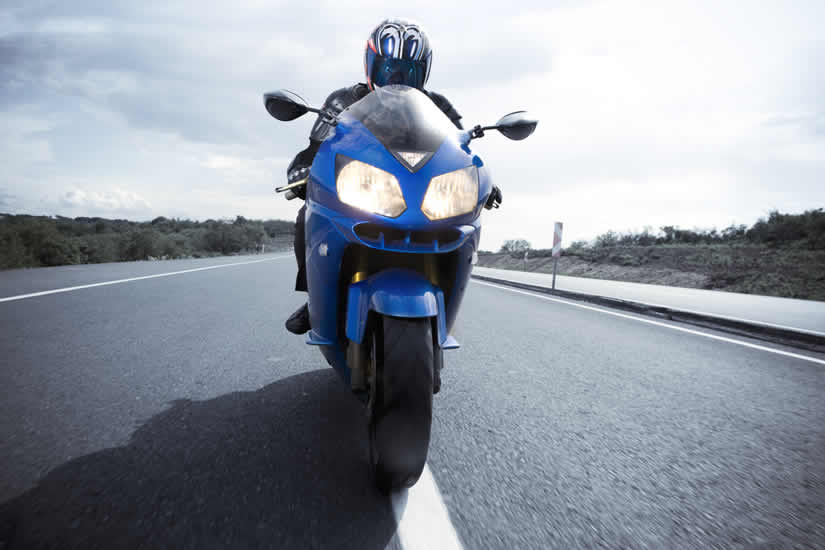Motorcycle Riding Tutorials
Learning to ride a motorcycle to a standard that enables you to pass the practical riding test is often challenging. More stringent rules set out by the government means motorcycle riders need to pass more tests, often making the process of learning somewhat harder. The upside is that ultimately this does mean that new riders will achieve a higher skill set when fully licensed to ride than previously.
The challenges come in the form of understanding the correct procedures that are involved and what are expected by the examiner during the motorcycle riding test – which is where Riding Test Tips comes in. This section provides free motorcycle riding and safety tutorials for novice riders wishing to learn to ride and ultimately pass their riding test.
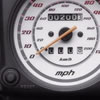 Motorcycle Instrument Panel Explained
Motorcycle Instrument Panel Explained
Each motorcycle rider should fully understand the instrument panel of the machine they intend on riding. This guide explains the basics for the novice rider to understand.
![]()
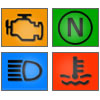 Motorcycle Dashboard Warning Lights Explained
Motorcycle Dashboard Warning Lights Explained
Most motorcycles have warning lights to inform the rider of any issues or utilities running. Learning to ride a motorcycle will involve an understanding of these light symbols and what should be done when they illuminate.
![]()
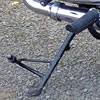 Using the Motorcycle Stand
Using the Motorcycle Stand
This tutorial covers the correct procedure for using the motorcycle side and centre stand as part of the learning to ride procedure and what would be expected on the practical riding test.
![]()
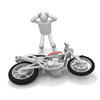 Mounting and Dismounting a Motorcycle
Mounting and Dismounting a Motorcycle
It’s important to mount and dismount a motorcycle correctly not only for your own safety, but to prevent the motorcycle from tipping over. This tutorial provides a guide for getting on and off the motorbike correctly.
![]()
![]()
 Starting the Motorcycle Engine
Starting the Motorcycle Engine
A guide for the correct procedure on starting a motorcycle engine for electric and kick-start motorbikes and the proper procedure for turning off the engine.
![]()
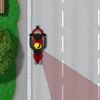 Moving Off on a Motorcycle
Moving Off on a Motorcycle
During a motorcycle riding test, you’ll be required to move off from a stationary position, probably on more than one occasion. This tutorial explains how to do this to test standard safely.
![]()
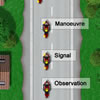 OSM PSL Routine Explained
OSM PSL Routine Explained
The OSM PSL routine is one of the most important systems that a learner motorcycle rider should learn. The OSM PSL tutorial explains when the what the routine mean, when and why it should be used.
![]()
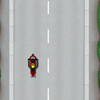 Motorcycle Road Positioning
Motorcycle Road Positioning
The road position that you ride your motorcycle will affect the safety of yourself, other road users and traffic flow. This guide a general safe road position when riding a motorcycle.
![]()
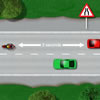 Motorcycle 2 Second Rule
Motorcycle 2 Second Rule
In order to keep a safe following / stopping distance from the vehicle in front, it’s not practical to count metres and feet. A technique that’s simple to follow and generally offers a safe distance for following traffic is the 2 second rule.
![]()
![]()
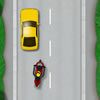 Motorcycle Angle Start
Motorcycle Angle Start
The angle start, or moving off from behind a parked car is a manoeuvre that is likely to be required during the day-to-day riding of your motorcycle. It’s also requested from the examiner during the module 2 on-road test.
![]()
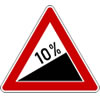 Motorcycle Hill Start
Motorcycle Hill Start
The module 2 riding test (on-road) will involve the examiner requesting another moving off procedure – the hill start. The hill start tutorial offers a guide on how to move off on an uphill gradient.
![]()
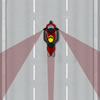 Motorcycle Blind Spot
Motorcycle Blind Spot
Explained in this tutorial are the blind spots that affect most motorcycle riders. This includes the motorcyclists own blind spots and the blind spots of other vehicles that should be avoided.
![]()
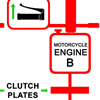 Motorcycle Clutch Control and Bite Point
Motorcycle Clutch Control and Bite Point
Gaining proficiency with your motorcycle clutch can be challenging. This tutorial covers the basics of how the clutch works, what the clutch bite point is and how best to use the clutch lever. See also how to stop stalling a motorcycle.
![]()
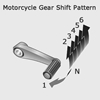 Using Motorcycle Gears
Using Motorcycle Gears
As with the clutch, the motorcycle gears takes practice. This guide provides details on how to change up and down using your gear selector. Also covered are the potential dangers of coasting and engine braking.
![]()
![]()
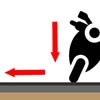 Motorcycle Braking Techniques
Motorcycle Braking Techniques
For safety, it’s essential that the correct braking technique is used when riding a motorcycle. This tutorial explains how much pressure should be applied on the front and rear and when to brake.
![]()
 Pulling Over and Stopping Tutorial
Pulling Over and Stopping Tutorial
It is of course essential that you slow down. pull over and stop at the side of the road safely and not to impede or inconvenience other road users or pedestrians. This guide explains the correct procedure for this.
![]()
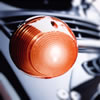 When to Indicate on a Motorcycle
When to Indicate on a Motorcycle
It’s important not only for road safety but for the module 2 road test to ensure that you use your motorcycle indicators appropriately and at the correct times. This brief tutorial offers advice on the correct use of signals.
![]()
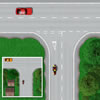 Motorcycle Junctions Tutorial
Motorcycle Junctions Tutorial
Junctions represent the most hazardous sections of UK roads, particularly for vulnerable road users such as motorcyclists. This junction tutorial cover the different types of junction and how to correctly use them. See also: Approaching T-junctions.
![]()
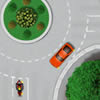 Motorcycle Roundabouts Procedure
Motorcycle Roundabouts Procedure
As with junctions, roundabouts represent a hazard for motorcycle riders. This tutorial offers a procedure for making left, straight ahead and right turns on a roundabout. See also: When to go at a roundabout and Roundabout hazards.
![]()
![]()
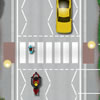 Pedestrian Crossings
Pedestrian Crossings
This tutorial covers each of the pedestrian crossings that you’ll encounter and explains how each crossing works, along with rules to abide by and tips on dealing with pedestrian crossings as a motorcycle rider.
![]()
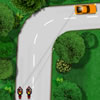 Tips for Cornering on a Motorcycle
Tips for Cornering on a Motorcycle
Corners and navigating bends statistically represents one of the highest causes of accidents for motorcycle riders. This guide offer advice on how to take those corners and what hazards to loo out for.
![]()
 Motorcycle Rear Observation
Motorcycle Rear Observation
In order to remain as safe as possible, rear observation is essential. You’ll be required to use effective use of mirrors and often to look around.
![]()
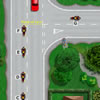 Motorcycle Left and Right Turns Tutorial
Motorcycle Left and Right Turns Tutorial
Whilst T-junctions involve riding minor to major road, left and right turns see the motorcycle rider on the major road intending to enter a minor road to the left or right. This tutorial details the correct procedure.
![]()
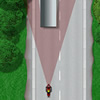 Overtaking on a Motorcycle
Overtaking on a Motorcycle
Overtaking on a motorcycle is one of the most hazardous manoeuvres and statistically represents one of the major reasons for motorcycle related accidents each year.
![]()
![]()
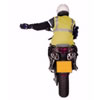 Motorcycle Arm Signals
Motorcycle Arm Signals
The directional indicators on a motorcycle or moped can be difficult for other road user to see, particularly in bright sunshine. Arm signals offer a method for other road users to see you intentions clearly.
![]()
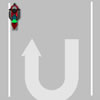 Motorcycle U-turn Tutorial
Motorcycle U-turn Tutorial
This tutorial covers the U-turn manoeuvre that is covered in Element C of compulsory basic training and is part of the DVSA module 1 test. Tutorial follows the DVSA procedure.
![]()
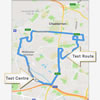 What Are Motorcycle Test Routes?
What Are Motorcycle Test Routes?
When you take the MOD 2 motorcycle riding test, the examiner will take you on test routes. Here we explain what motorcycle test routes are, why they are developed and the benefits of knowing the test routes prior to your test.
![]()

